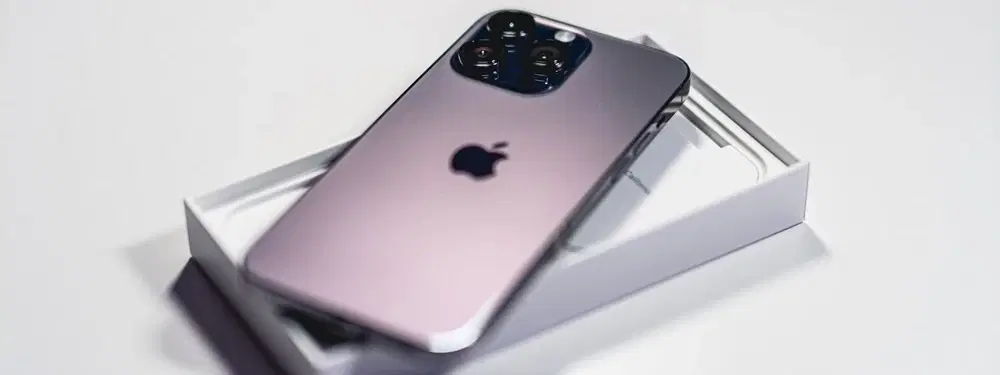
Consumer Electronics
•03 min read
Are you struggling to connect your Apple device to your computer? The culprit might be the Apple Mobile Device USB Driver, a small but essential component for ensuring your device communicates seamlessly with your system. In this guide, you'll learn how to install, update, and troubleshoot the Apple Mobile Device USB Driver on various Windows versions and macOS, ensuring you can fully enjoy your digital lifestyle—just as Tata Neu helps you shop smartly and earn NeuCoins rewards as you progress in life.
The Apple Mobile Device USB Driver enables essential communication between your iPhone, iPad, or iPod and your computer. Without it, programs like iTunes cannot detect your device, making syncing, data transfers, and software updates problematic. This driver is a crucial connector, helping your devices seamlessly share data.
In most cases, if you frequently sync, back up, or transfer files from your Apple device, it is necessary to have this driver installed. Common errors such as failed detections or interruptions in syncing can often be traced back to a missing or outdated driver, emphasizing the importance of keeping it updated.
For Windows users, there are two primary methods. The manual installation can be done via the Device Manager. First, navigate to the Device Manager, locate the connected Apple device, and choose to update the driver automatically. Alternatively, downloading and installing iTunes will automatically install the necessary driver, making the process straightforward and user-friendly.
macOS is designed with built-in support for Apple devices. Typically, there’s no need for manual intervention. However, to ensure smooth performance, you should keep your system up to date. Regularly checking for system updates via System Preferences will ensure that the latest driver configurations are in place.
If you need to manually download the driver for Windows, ensure that you get it from official sources to avoid any security risks. The official installation will help maintain device integrity, ensuring that your computer recognises your Apple device effectively.
Did You Know? Ensure a Seamless Installation
When installing the Apple Mobile Device USB Driver, always restart your computer after installation. This ensures the driver is properly loaded and prevents connection issues.
Many users encounter issues such as the driver not functioning correctly or receiving errors like "Apple USB driver not working." These errors can disrupt the connection between your device and your computer, leading to frustrating experiences.
To rectify these problems, try reinstalling the driver manually through the Device Manager. Additionally, utilising Windows Troubleshooter can help identify and resolve underlying issues related to the driver.
In some cases, restarting the Apple Mobile Device Service (AMDS) on Windows can resolve temporary glitches. This service supports the proper detection and function of your Apple device, contributing to a smoother experience overall.
Keeping the Apple Mobile Device USB Driver up to date is vital. For Windows users, this can be done through the Device Manager. Alternatively, if you installed via iTunes, the driver will update automatically when iTunes checks for updates. This proactive maintenance ensures your device enjoys the latest performance enhancements and security fixes.
Regular updates and monitoring compatibility with new software releases on your operating system can help prevent future issues. Staying proactive and ensuring that the driver is always current means you can enjoy uninterrupted connectivity and avoid frustrations with your device’s performance.
The mobile USB driver can be installed manually through the Device Manager or automatically when you install iTunes on your Windows computer.
Yes, Apple mobile device support is essential for syncing devices, transferring files, and troubleshooting connectivity issues between your Apple device and your computer.
Mac devices handle drivers automatically through macOS updates. Ensure your system is up-to-date by routinely checking for updates in System Preferences.
You can install the driver either by downloading iTunes or manually adding it via the Device Manager. Remember to restart your computer after installation to ensure the best results.
If you encounter issues, try reinstalling the driver, restarting the Apple Mobile Device Service, or updating the driver through the Device Manager.
Understanding how to install, troubleshoot, and update the Apple Mobile Device USB Driver is key to ensuring smooth connectivity between your devices. By following the steps outlined, you can avoid common issues and keep your digital ecosystem functioning reliably. Just as Tata Neu simplifies shopping and rewards you with NeuCoins on every transaction, maintaining your device drivers efficiently enhances your overall tech experience. Stay informed and remain proactive to avoid connectivity problems, allowing you to fully enjoy your Apple device without interruption.